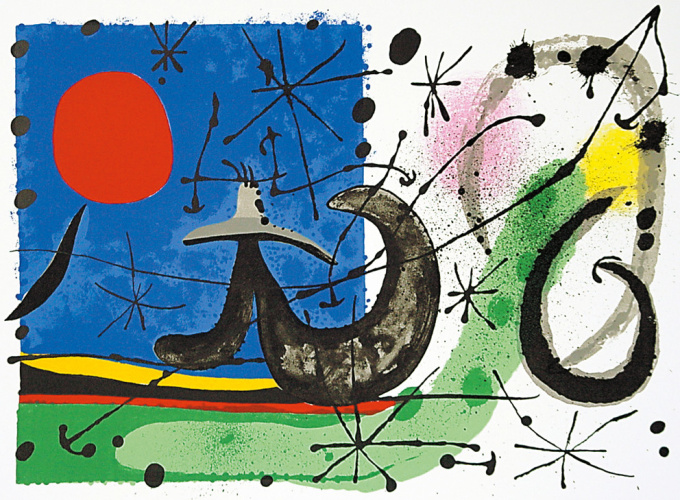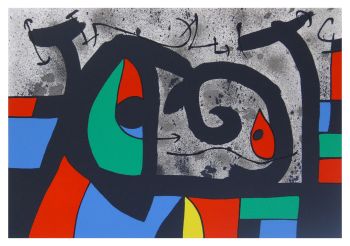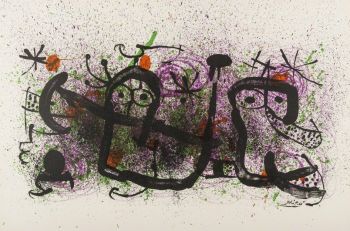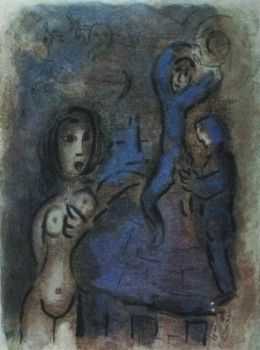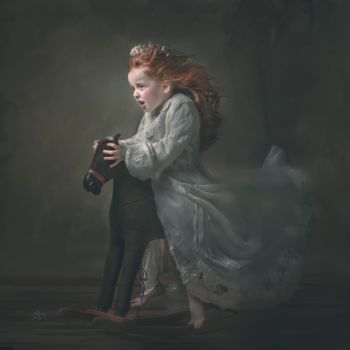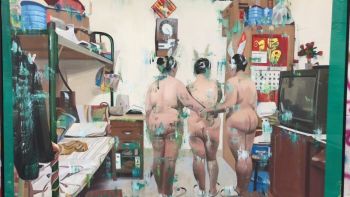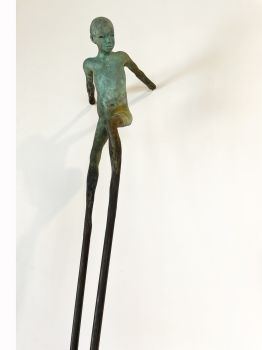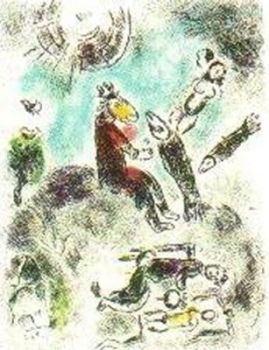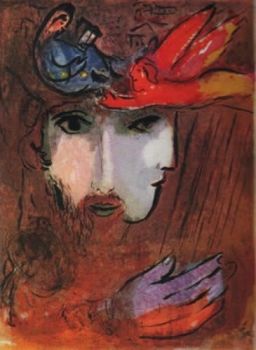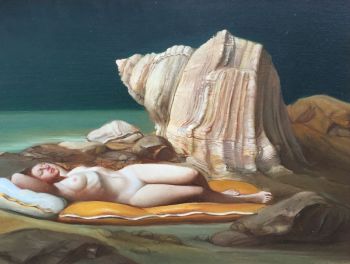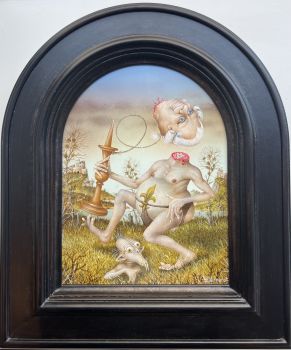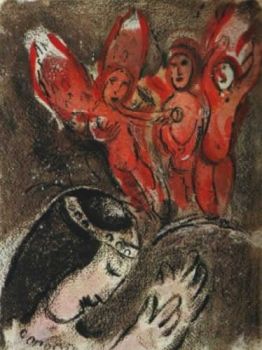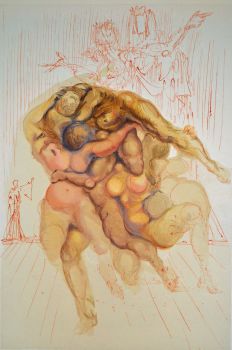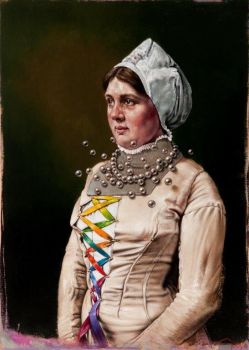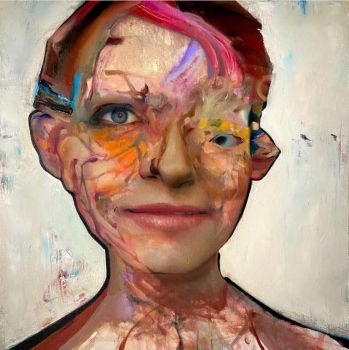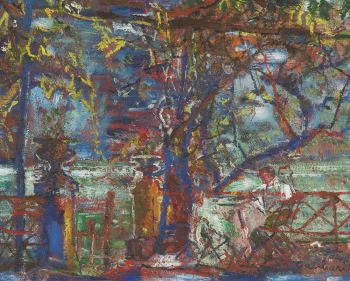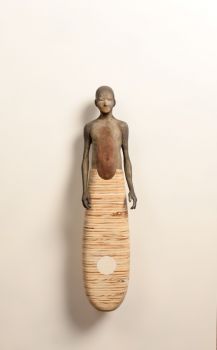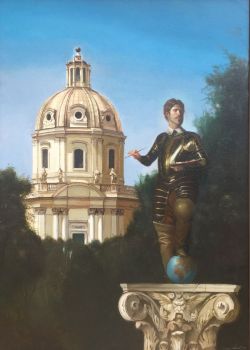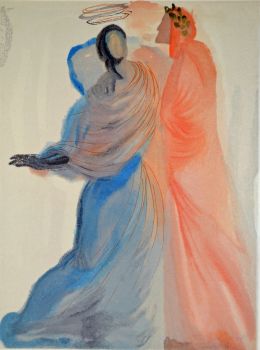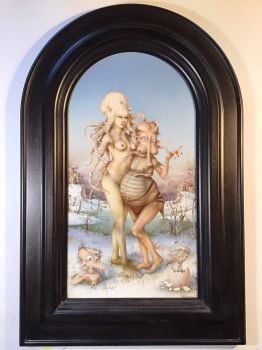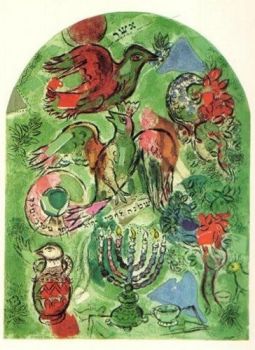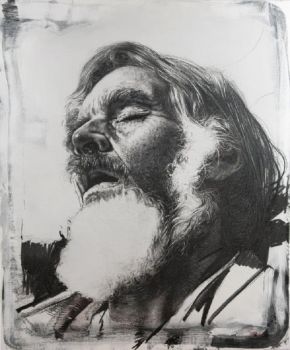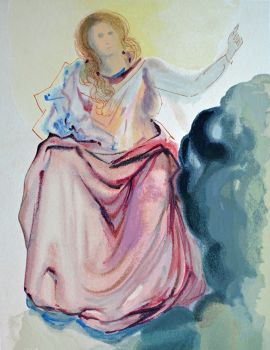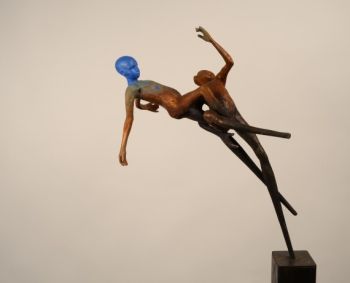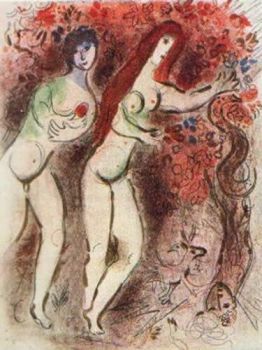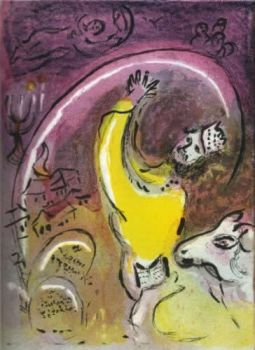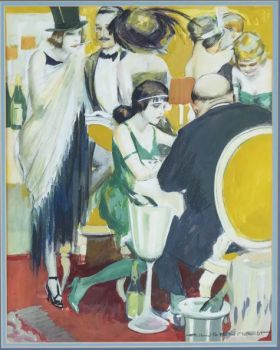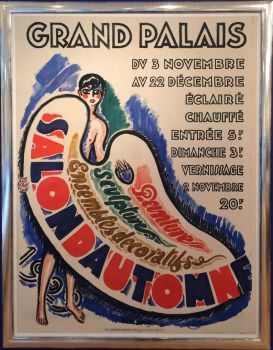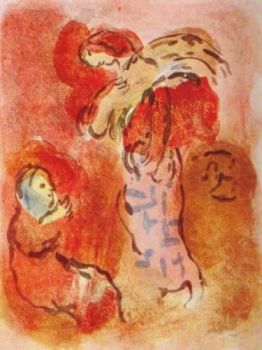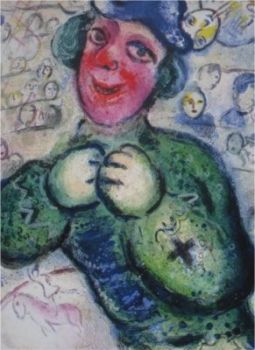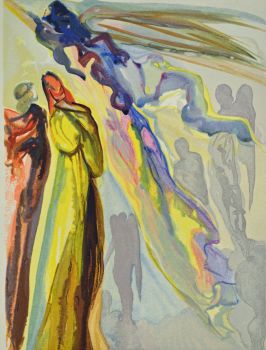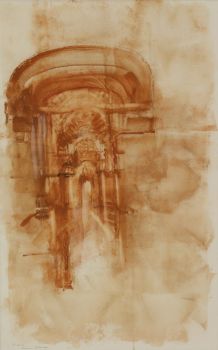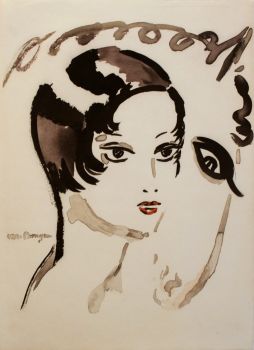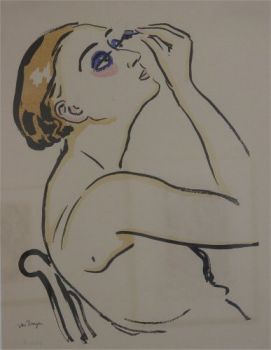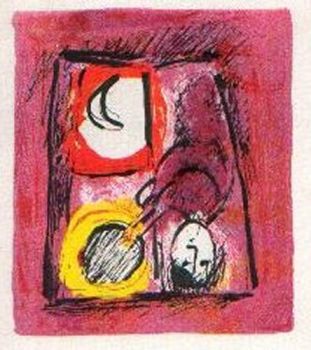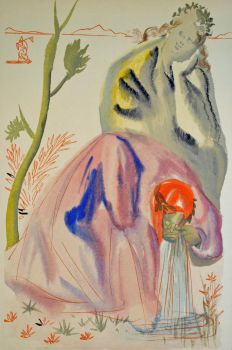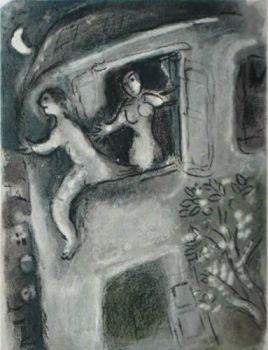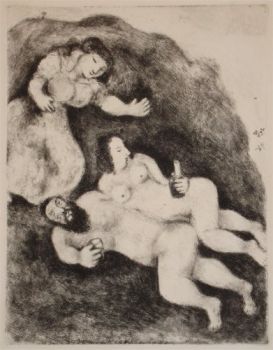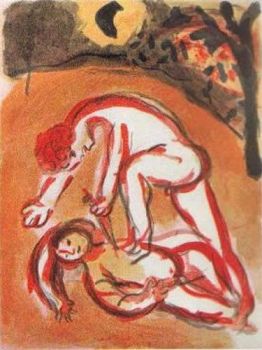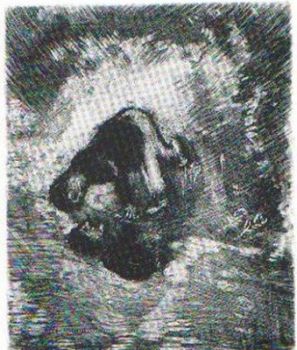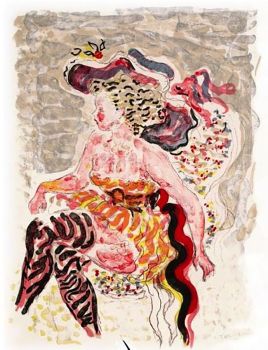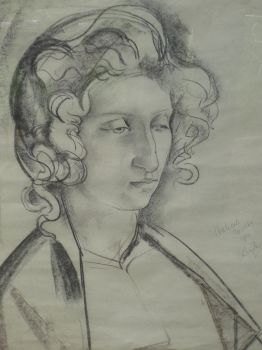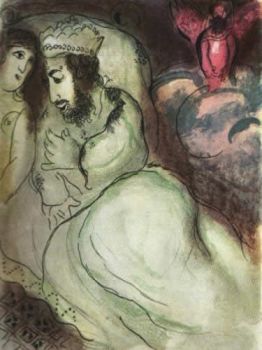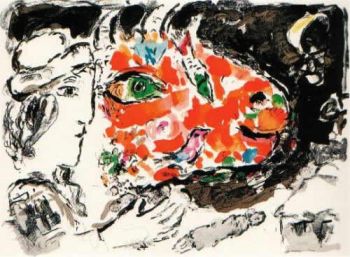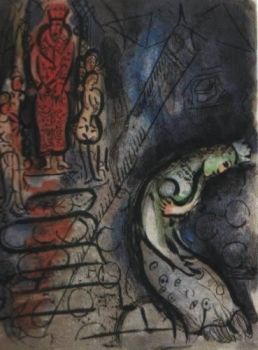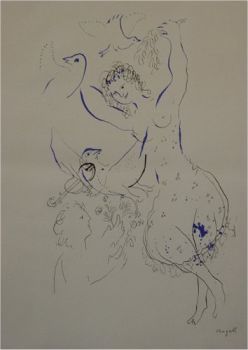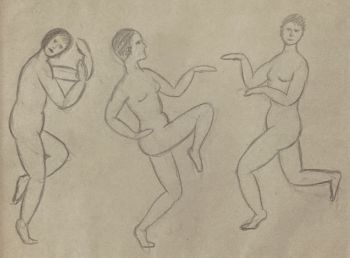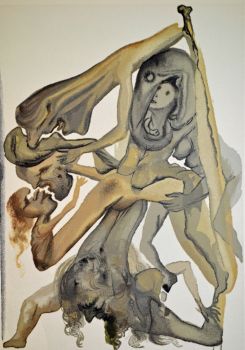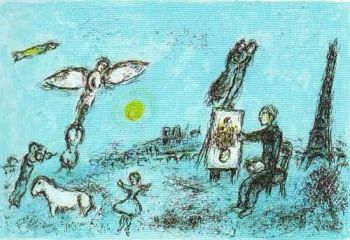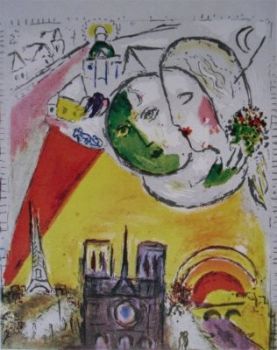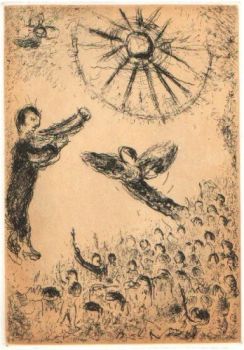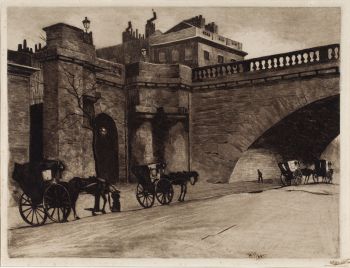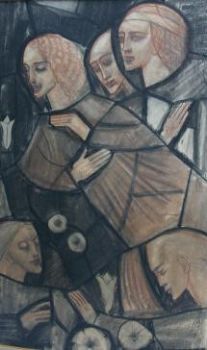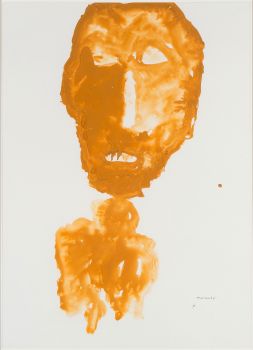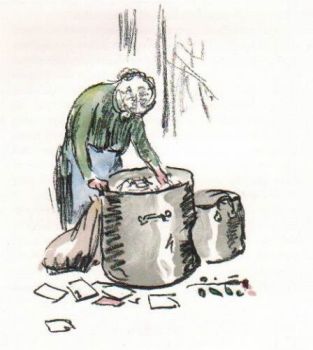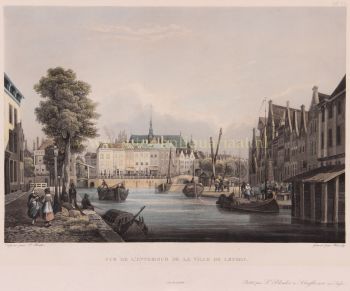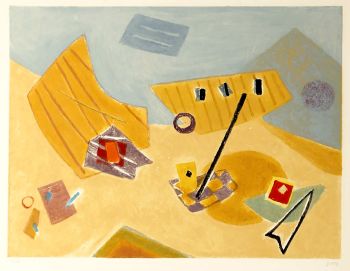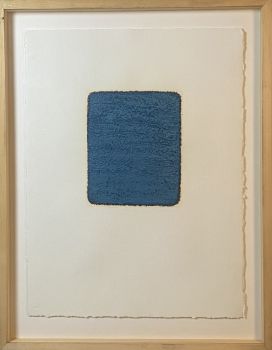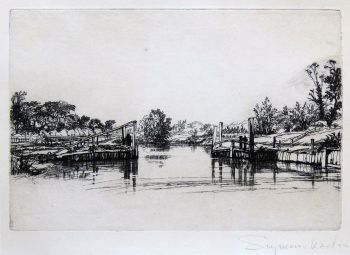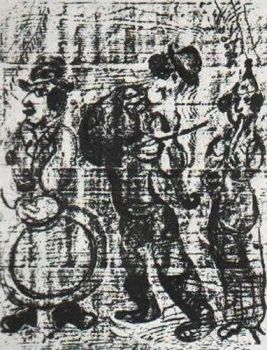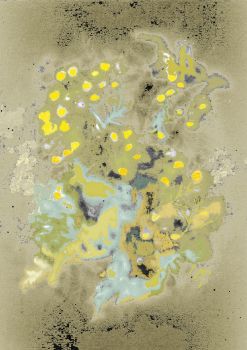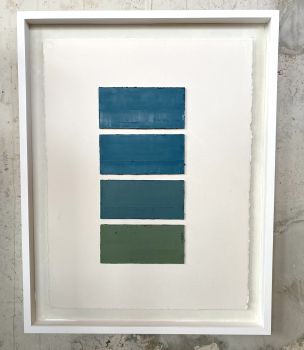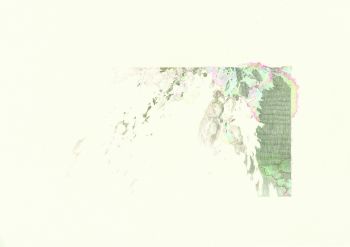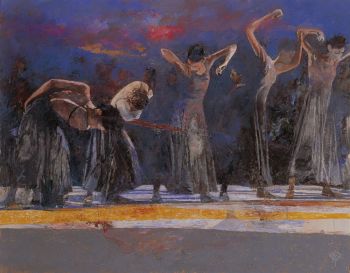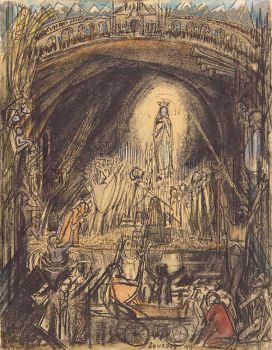The Lizard with the Golden Feathers 1967
Joan Miró
TintePapier
33 ⨯ 48 cm
ConditionExcellent
Derzeit nicht über Gallerease verfügbar
- Über Kunstwerkmedium: lithograph
printed by: Mourlot, Paris
reference: Mourlot 446
From the edition of 80 unsigned test proofs, distributed before the cancellation of the original Le Lezard aux Plumes d'or Suite. Printed by the Atelier Mourlot, Paris.
In 1967, Joan Miro created 18 original color lithographs to accompany his poem "The Lizard with the Golden Feathers". Some time after the circulation of these original prints, Miro noticed a manufacturing defect in the paper and decided to stop the circulation of the Le Lezard aux Plumes d'or series (Maeght 445-462). Only the works already in circulation survived as well as the test proofs that had been sent to certain galleries for their catalogues. The complete number of survived prints is unknown but it is estimated that there would be, for every plate: 80 tests aside from the signed and numbered edition.
Since the original stones from the Le Lezard aux Plume d'or Portfolio had been obliterated, they could not proceed with a new circulation of the same compositions, and so Joan Miro created a second Lizard with the Golden Feathers Suite with new lithographs in 1971 (Maeght 789 - 828). - Über KünstlerJoan Miró; war ein spanischer Maler, Bildhauer, Grafiker und Keramiker aus Katalonien. Er gilt als einer der größten Surrealisten. Miró; war der Sohn eines Goldschmieds und Uhrmachers. Anfangs absolvierte er eine Berufsausbildung, 1912 begann er eine Kunstausbildung in Barcelona. 1920 zog er nach Paris, wo er Unterricht an der Academie de la Grande Chaumiere nahm. In Paris freundete sich Joan Miró mit Picasso, Max Ernst, Hans Arp und Magritte an und geriet unter den Einfluss des Kubismus. Wie Picasso und Georges Braque ist Mir & oacute; verfolgte nie die Schlussfolgerungen des Kubismus, um die Abstraktion zu vervollständigen. Seine Formen, wie entfremdend sie auch sein mögen, beziehen sich immer auf die Realität - auf die konkrete Realität oder auf die Realität, wie sie während des Träumens existiert.
Artwork details
Related artworks
- 1 - 3 / 3
- 1 - 4 / 24
- 1 - 4 / 24
Willem Witsen
Waiting carriages in front of Waterloo Bridge1850 - 1900
Preis auf AnfrageKunsthandel Pygmalion
1 - 4 / 24

